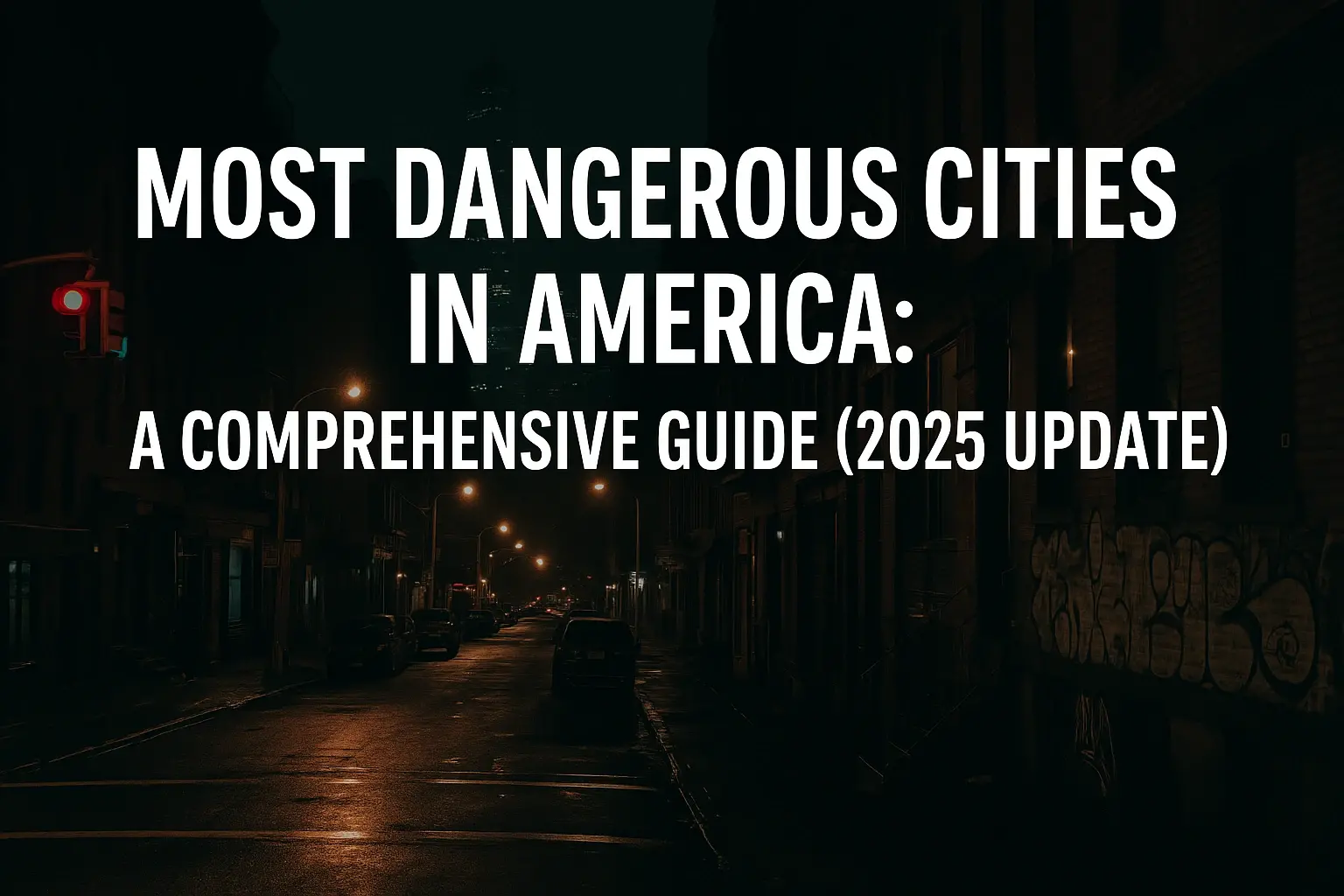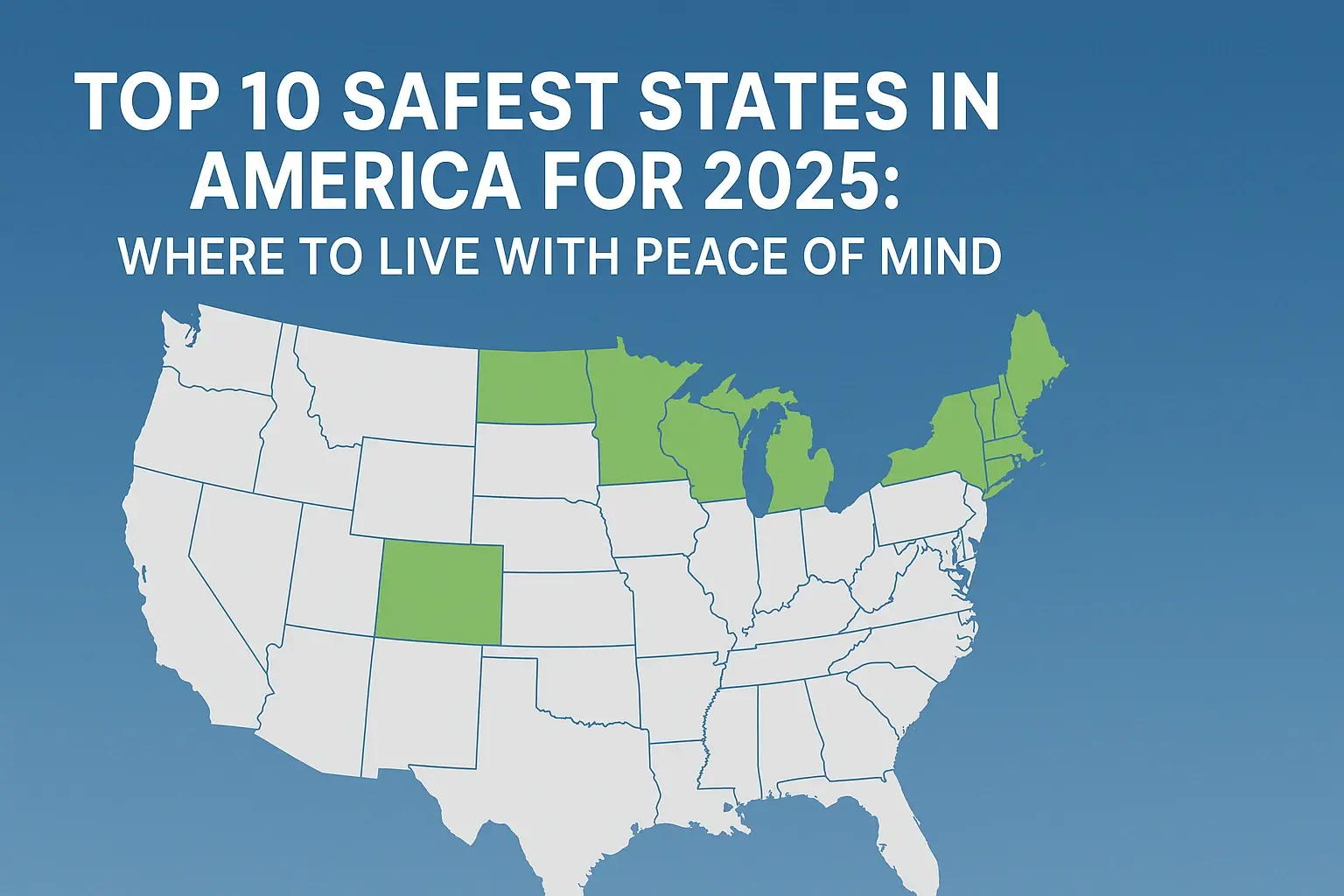Wyoming Crime Rates: Summary of Facts About the Cowboy State
Wyoming is reportedly a very safe state with minimal crimes due to its rural setting / low population density. But, how does that translate to the rates and trends of crime when it comes to the Cowboy State? Below is a significant analysis of crime in Wyoming based on data and statistics.
Overall Crime Rate
Based on FBI 2020 Uniform Crime Reporting (UCR) numbers of 1,914, Wyoming's total crime rate per 100,000 inhabitants ranks 11th lowest in the whole USA. The national crime rate on average was a little below 2700 per 100000 persons. With different values within the population range of 1,800–2,100/100,000 from 2010 to 2020, Wyoming's crime rate has not changed much during the last ten years.
Violent Crime
Wyoming is among the lowest states overall out of the total violent crimes—which include killings, rape, robbery, and severe assault. Comparatively to the national average of 398 instances per 100,000 persons, the violent crime rate in 2020 was 212 cases per 100,000 state residents—60.1% fewer. At 237 in 2012, the violent crime rate per 100,000 Wyoming population peaked and dropped to roughly 200 in subsequent years.
With more than 70% of the instances in Wyoming, aggravated assault is the most often occurring violent offense on the list. In the low-population state, robbery and rape are very rare; in contrast, murder is rather rare everywhere. With 13 homicides documented in 2020, the state's condition is better yet; the rate of 2.3 per 100,000 inhabitants is compared to around 7 per 100,000 in the United States. According to ten-year murder case statistics from Wyoming, the yearly rate ranged from 12 to 15 homicides.
Property Crime
Crime in Wyoming Cities
In the current dispensation, Cheyenne and Casper which are the most populated city in the state have a higher crime index than the other small towns in Wyoming. Nevertheless, the crime rates per capita in major cities in the US are still much lower than elsewhere in other large cities in the United States.
For 2020, Cheyenne had a total of 5,800 crimes per 100,000 inhabitants while Casper had slightly higher with 7,100 per 100,000 populace. It is important to note that both cities have comparably low, albeit more accurate, crime rates of less than 65,000 people. To illustrate this, most similar mid-size cities in the United States of America are known to experience a total crime rate of over 10,000 for every 100000 residents. Homicidal acts in particular are relatively rare in Cheyenne as well as in Casper; however, property crimes are the most frequent.
Rural areas feature the lowest crime rates where towns and communities act as the safest zones, especially in Jackson Hole and Sheridan County. Nevertheless, there are not enough local police in Wyoming and the response time of the emergency services can be very long, these problems remain topical in the countryside.
Incarceration and Law Enforcement
Currently, there are 668 prisoners per 100,000 state residents in Wyoming, a figure that makes this state one of the leaders in the United States in terms of incarceration rates viewed in 2020. However, the state penitentiary population trend has been decreasing in the last decade in compliance with the decreased nationwide crime rate. Rural demographic trends coupled with constraining policies that credit the criminal justice system to amplify imprisonment rates, even though a few offenders exist as a proportion of the whole population.
In so far policing, Wyoming had 16 full-time law enforcement employees for every 10000 residents in the year 2016. This is far below the average of per capita police officers in the United States which is estimated at 24 per 10,000 people, which can be attributed to Wyoming’s narrow tax revenue and low population density. Nonetheless, the public’s perception of local Police is positive, with 72% of residents trusting them based on a survey conducted in 2018.
Future Outlook
Wyoming is expected to experience low crimes in the future due to minimal large cities with high emissions of offenses. However, problems such as drug and alcohol consumption – especially methamphetamine – and domestic violence can partly contribute to some rise in nonviolent offenses. Subsequent issues include how the state of Wyoming can effectively combat these modern-day crimes such as cyber-crimes and fraud using a low-resource rural police force in the foreseeable future. All in all, the Equality State still ranks as one of the safest places to live in the country.







